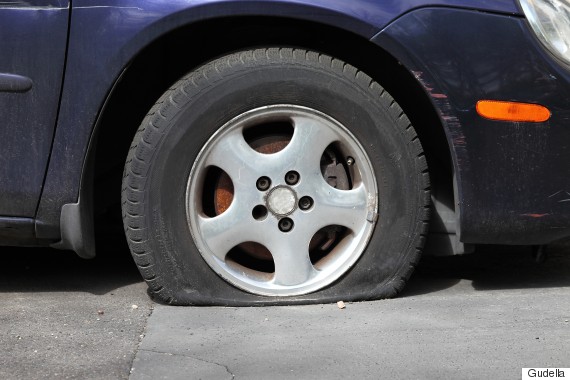Scientists develop tire-grade rubber that repairs itself
A cut or torn tire usually means one thing – you have to buy a new one.
Researchers from Germany and Finland have taken a step toward developing technology that would allow a tire to fix itself.
Vulcanization involves adding sulfur or other curatives to make rubber more durable while maintaining its elasticity.
A cut in a modern auto tire typically can’t be patched. Researchers are beginning to develop self-healing rubber in the laboratory, but these prototypes might not be stable over time either.
Researchers from the Leibniz Institute for Polymer Research Dresden have developed a new kind of rubber imbued with the ability to heal itself, possibly finding a permanent solution to flat tires. The result? Bromobutyl rubber’s bromine functionalities were transformed into ionic imidazolium bromide groups that formed reversible ionic associates that promotes self-healing in the material, particularly when stress or heat is applied.
Scientists say other additives like silica or carbon black could be added to bolster the rubber’s strength without sacrificing its self-healing properties.
According to the report, the ease of processing and absence of non-toxic vulcanizing chemicals to synthesize such novel self-healing rubbers “opens a new horizon in rubber technology and may significantly increase interest in both commercial application and academic research”. After a period of eight days, the healed pieces of rubber were able to withstand pressures of up to 754 psi (52 bar) – far higher than any tire has to handle.








